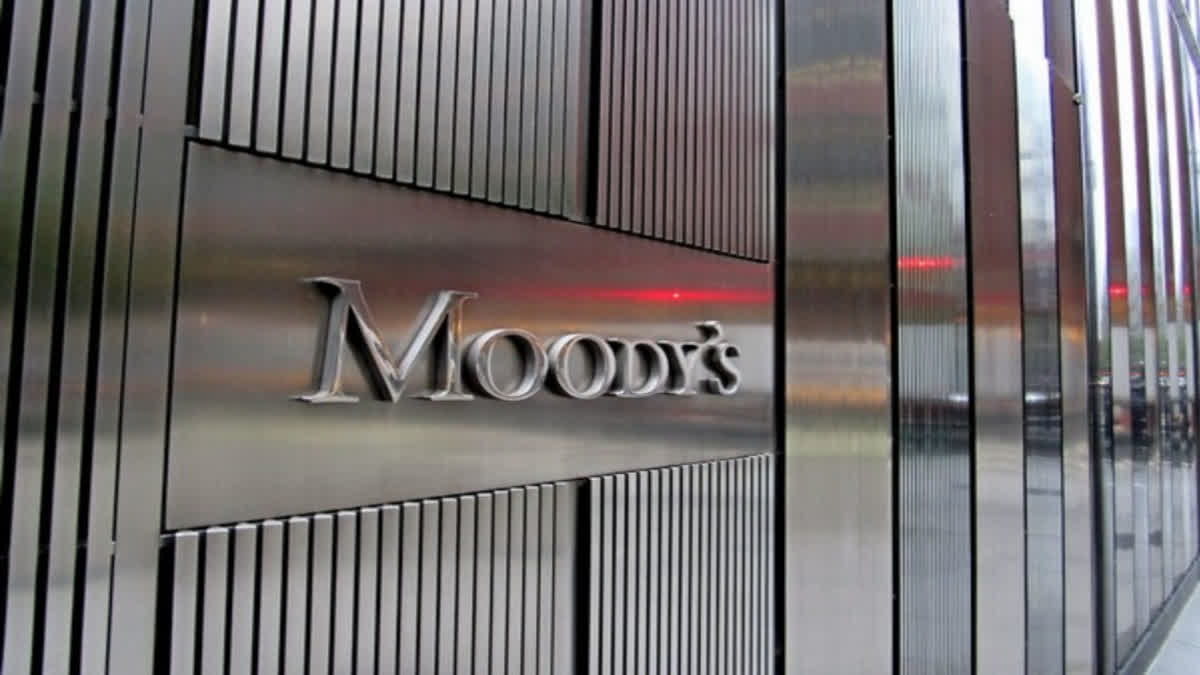New Delhi: Moody's Investors Service on Friday affirmed India's rating at the lowest investment grade of 'Baa3', with a stable outlook, saying high growth will support a gradual increase in income levels, but flagged risks of populist policies due to rise in political tensions.
Moody's said although India's potential growth has come down in the past 7-10 years, the growth would outpace all other G20 economies through at least the next two years, driven by domestic demand.
Moody's said the restoration of robust growth prospects post-pandemic, the effective commitment to inflation targeting and the rehabilitation of the financial system aided by reform supports its view of strengthening monetary and macro policy effectiveness.
"However, the curtailment of civil society and political dissent, compounded by rising sectarian tensions, support a weaker assessment of political risk and the quality of institutions," Moody's said while affirming the Government of India's long-term local and foreign-currency issuer ratings and the local-currency senior unsecured rating at Baa3.
The US-based rating agency said the eruption of unrest in the north-eastern state of Manipur-one of the most impoverished states in India- has led to at least 150 deaths since May 2023.
"Although elevated political polarization is unlikely to lead to a material destabilization of government, rising domestic political tensions suggest an ongoing risk of populist policies including at the regional and local government levels amid the prevalence of social risks such as poverty and income inequality, as well as inequitable access to education and basic services."
"Moreover, the periodic flaring of border tensions with neighbouring countries was an outlier among sovereigns assessed as having a lower overall susceptibility to political risk," Moody's said.
What is Baa3 rating? Baa3 is the lowest investment grade rating.
All three global rating agencies, Fitch, S&P and Moody's, have the lowest investment grade rating on India, with a stable outlook. The ratings are looked at by investors as a barometer of a country's creditworthiness and affect borrowing costs.
Moody's said in the absence of more material gains in revenue, the central government will be challenged to achieve its fiscal deficit target of 4.5 per cent of GDP for the fiscal year beginning April 2025 (fiscal 2025) from 6.4 per cent in fiscal 2022.
Consequently, Moody's projects general government debt to stabilize at around 80 per cent of GDP over the next 2-3 years, lower than the peak of almost 90 per cent reached in fiscal 2020 but higher than many similarly-rated sovereigns.
The stable outlook reflects Moody's expectations of broad financial and external stability as represented by resilient credit growth, ample domestic liquidity to meet the funding requirements of the public and private sector, manageable current account deficits and sufficiently large foreign-currency reserves to meet the country's external payment obligations and import needs. (PTI)
(Except for the headline, this story has not been edited by ETV Bharat staff and is published from a syndicated feed.)



